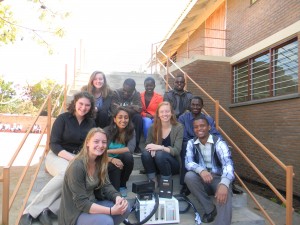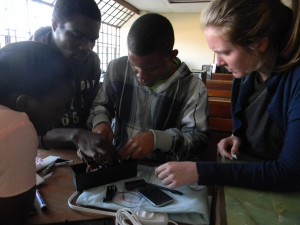Hello there, in the past week, we divided ourselves into groups so that we cover a lot of stuff. We managed to do many activities compared to the past weeks. (Groups are the best!)
The first group was working on the suction pump control system circuit designs. The designs that we came up with were:
- On top Infrared sensor
The infrared transmitter and the receiver will be positioned on top of the suction bottle (tank), and the infrared (ir) signal will refract on the surface of the liquid and will be sensed by the receiver. The level of the liquid in the bottle will be measured by the time the infrared signal will take to reach the receiver.
- Side infrared sensor
The transmitter and the receiver will be positioned and aligned on opposite sides of the bottle. When the bottle is empty or the liquid has not reached the level where the sensors are, the ir signal will be sensed by the receiver, however when the ir signal is blocked or it is bent, i.e. the ir signal does not reach the receiver, the control system will shut down the motor.
The other group was working on the mechanical designs of the control system. The designs that were proposed were:
- Stand design
A mechanical stand to hold the sensors in position
- Belt design
A belt that will hold the sensors and that will be wrapped around the suction pump bottle.
Another group went to Queen Elizabeth central hospital to talk to the nurses about our designs of the suction pump control system. The nurse preferred the belt design because it takes less space than the stand design and it is easy to use.



